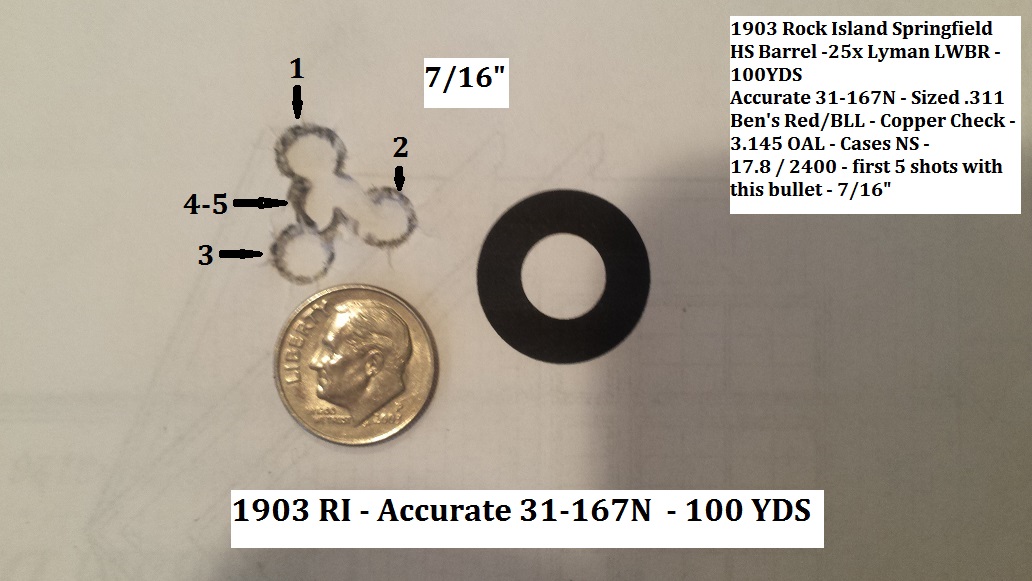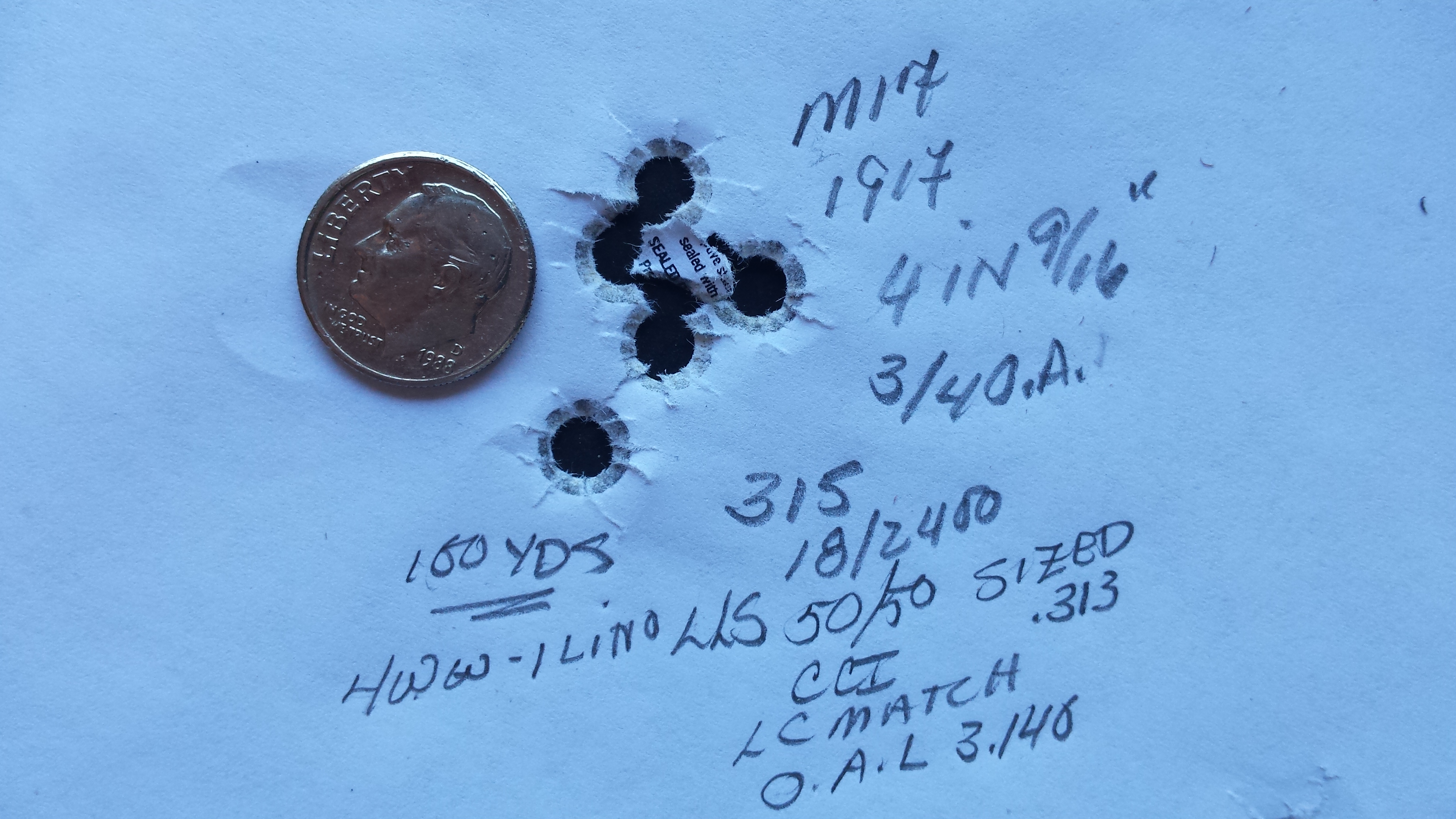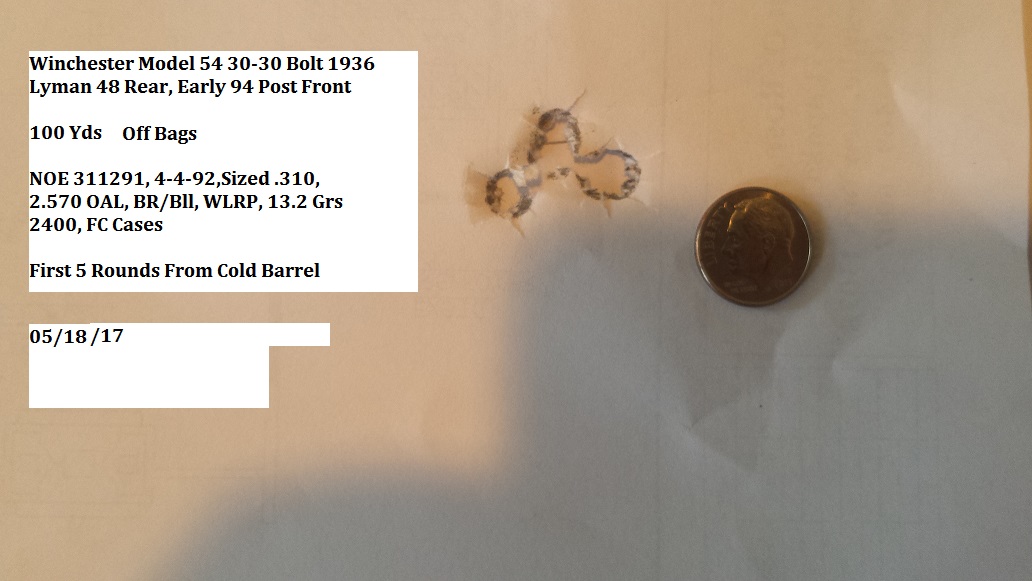longhunter
Member
I am wanting to add a little Lyno to my WW. What would be a good ratio?
Well I guess I opened up a can of worms.



Thanks DanJon...retirement or semi-retirement does afford the opportunity to catch up on those things we have put off in the past..
For rifles I too shoot primarily mil surps ..Springfields mostly..my "shooters" included 2 , '03 Springfields with four groove barrels , one has Lyman 48 rear sights and a Lyman 17 A front,
the other is scoped..2, 03 Springfields with two groove barrels again one with Lyman sights ,the other scoped..1,US 1917 with Parker Hale sights installed..of course I have the mandatory M1 Garand, I also have an early '03 (1926) sporter with Lyman sights and one original Smith Corona 03A3 with a 4 groove barrel..not to mention a 1936 Winchester Model 54 in 30-30 and my other commercial rifle a Remington Model 700 VS in .308...oh and a 1917 Winchester 94 full octagon in 30-30... with Lyman tang sights..the rest in the safe are "teasers" for trade at some point if and when something better comes along..
These rifles just love cast bullets..but not all love the same ones...or the same diameter bullets...or the same alloy for that matter, they all shine when fed their preferences even the "shot out" barreled ones.
Bullet diameters run from .310 to .313 with noses from .301 to .304..a crucial note here the nose size does not necessarily coincide with the bullet diameter...for example one may like a .310 bullet with a .304 nose..strange but true....just ask my M1 Garand..and then the 1917 will take a .313 but the nose better be around .300 or it won't chamber..or use a soft alloy so the nose will easily engrave..
So what does this have to do with alloy?..well adding Lino and or pewter/tin will allow you to "tweek" the size of the bullet to the guns preferences....and to the condition of the rifling ( shallow/deep)...cool uh...
So like the man said "no can of worms"...just no single answer..except maybe "too hard and/or too small of a diameter definitely won't get you anywhere...
So Keep 'em flying and enjoy !...Dan
